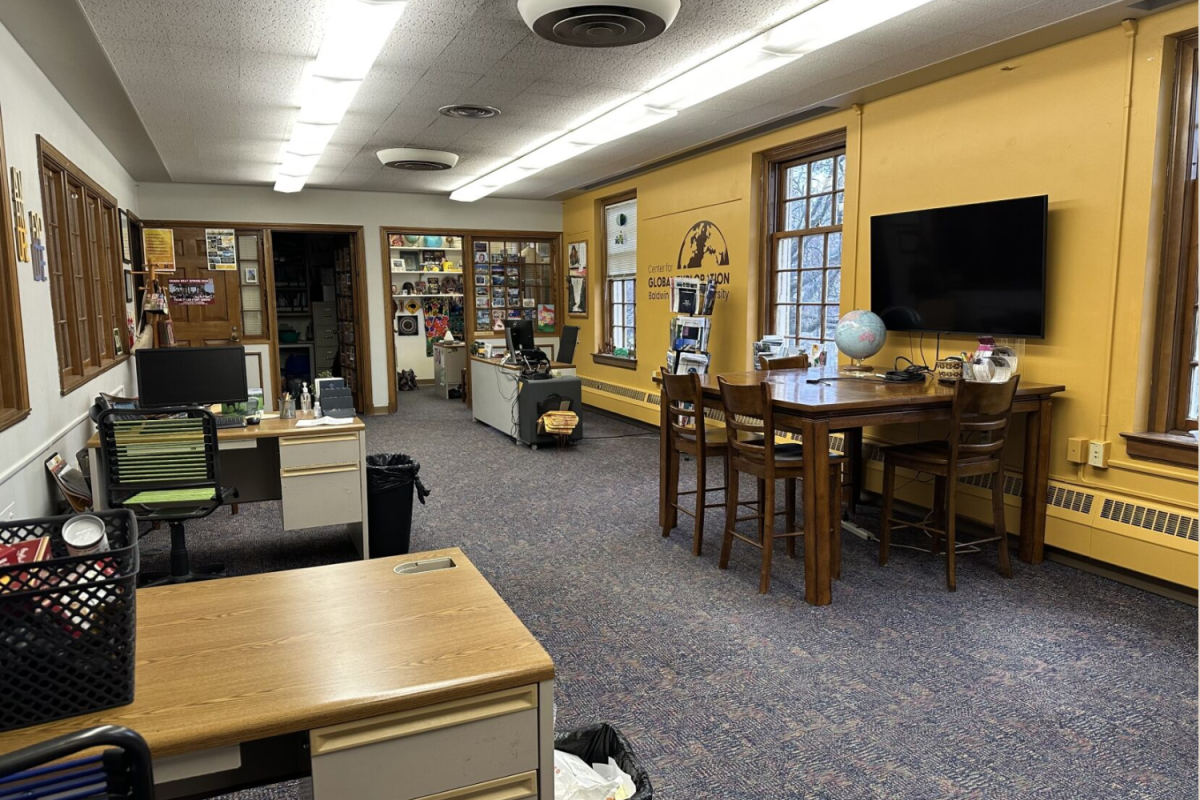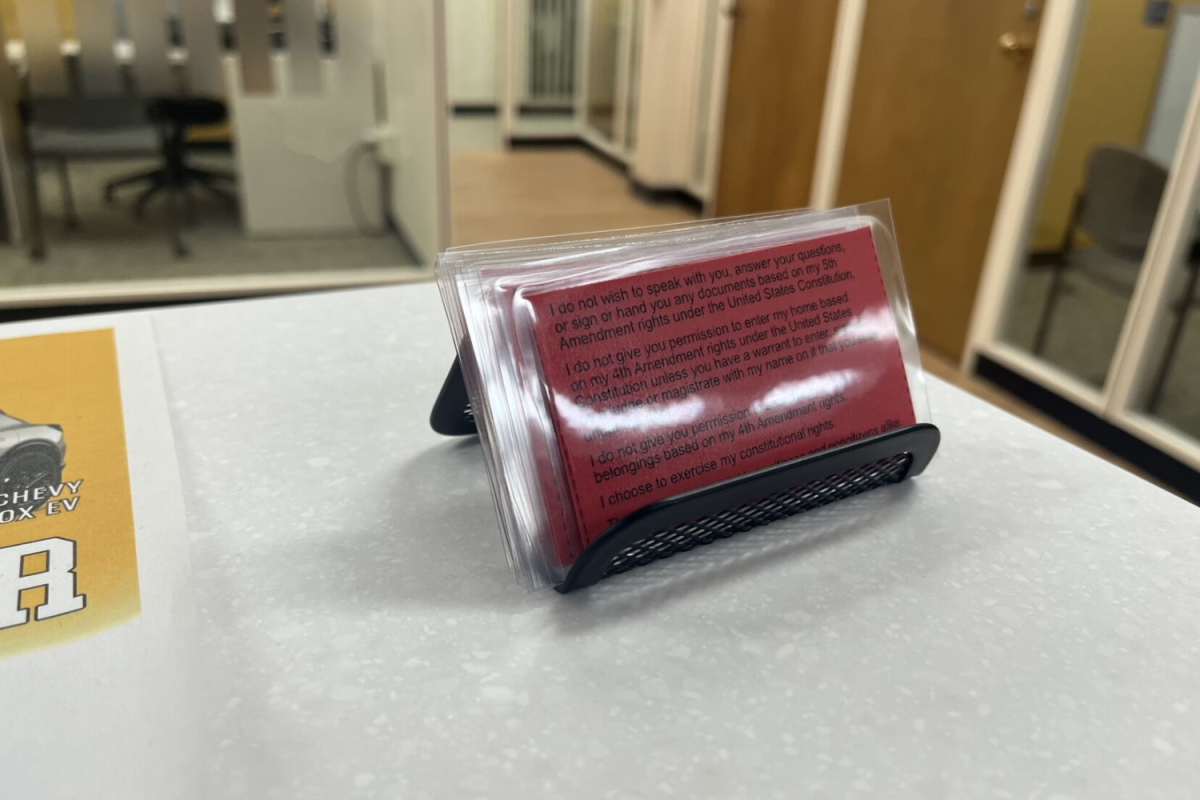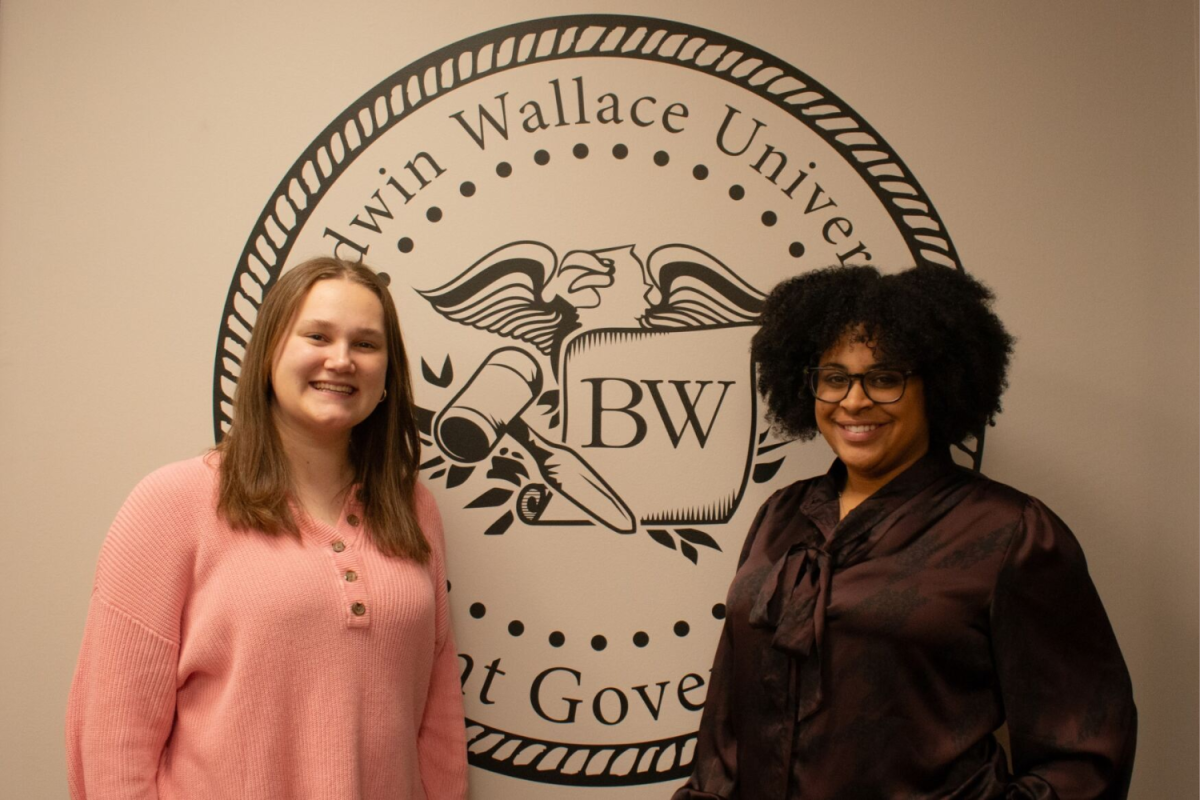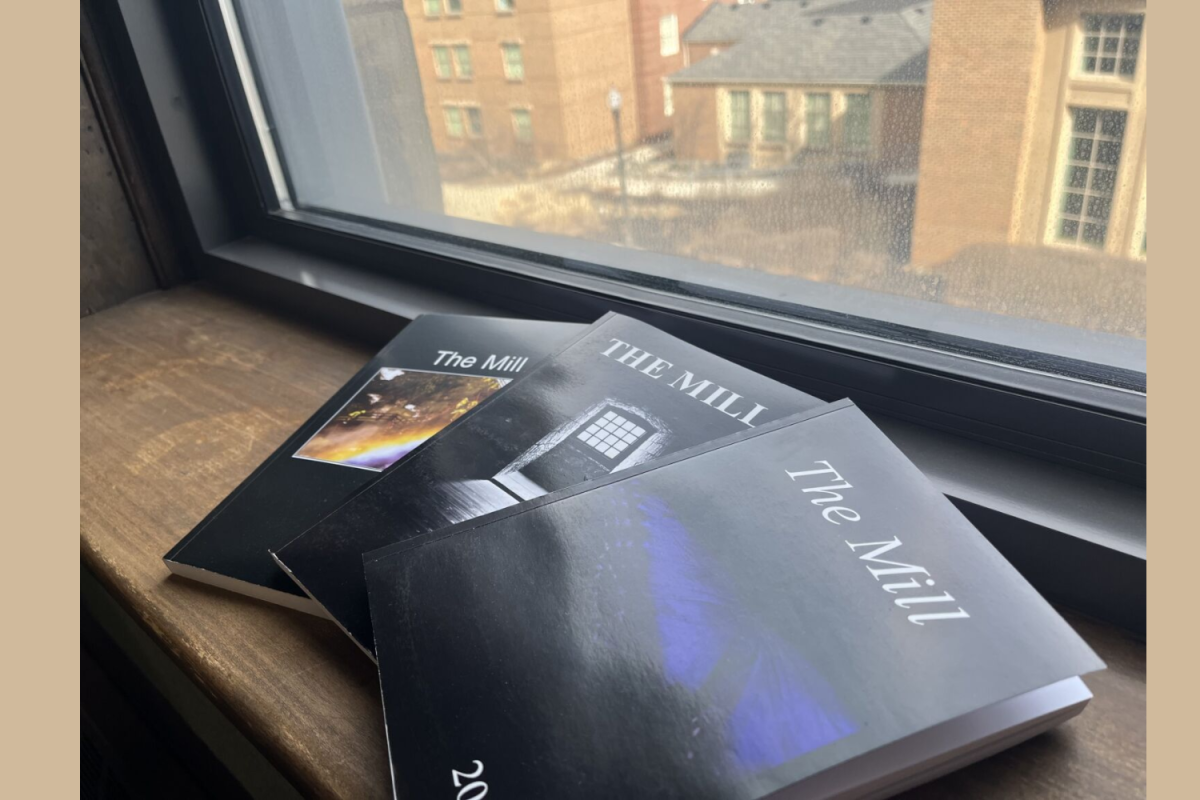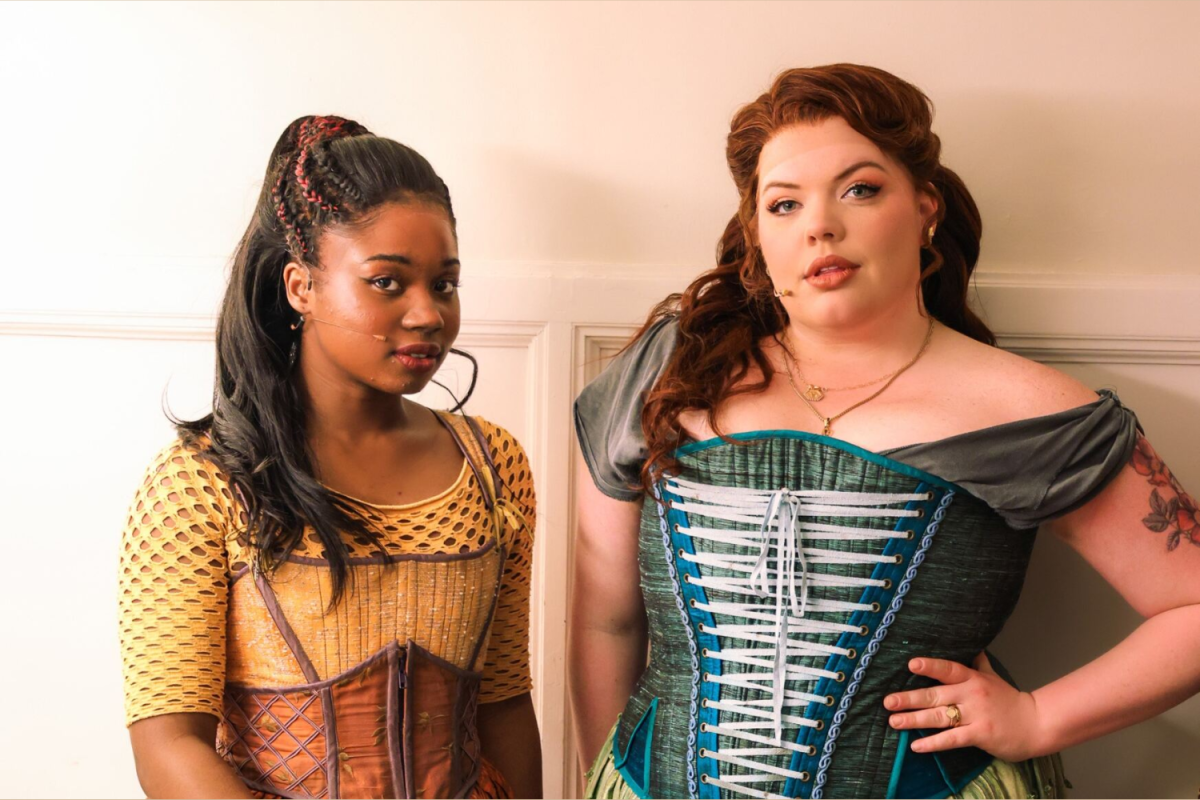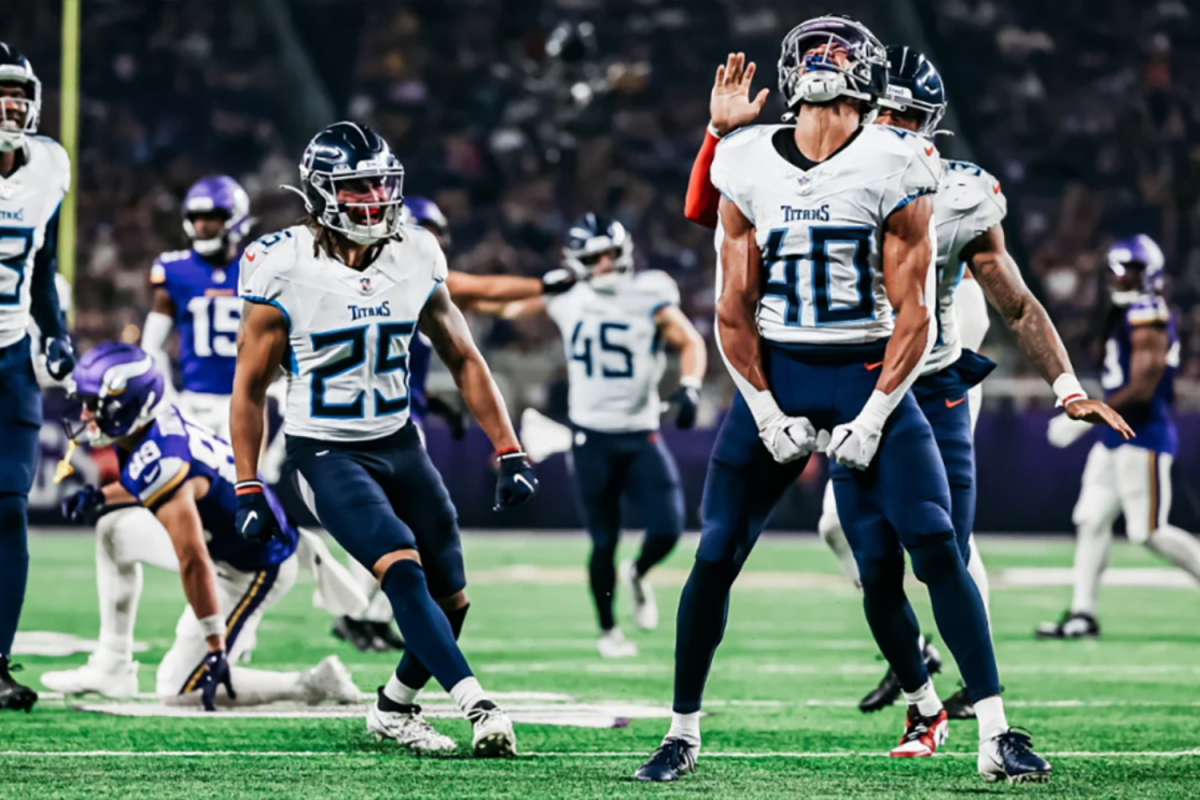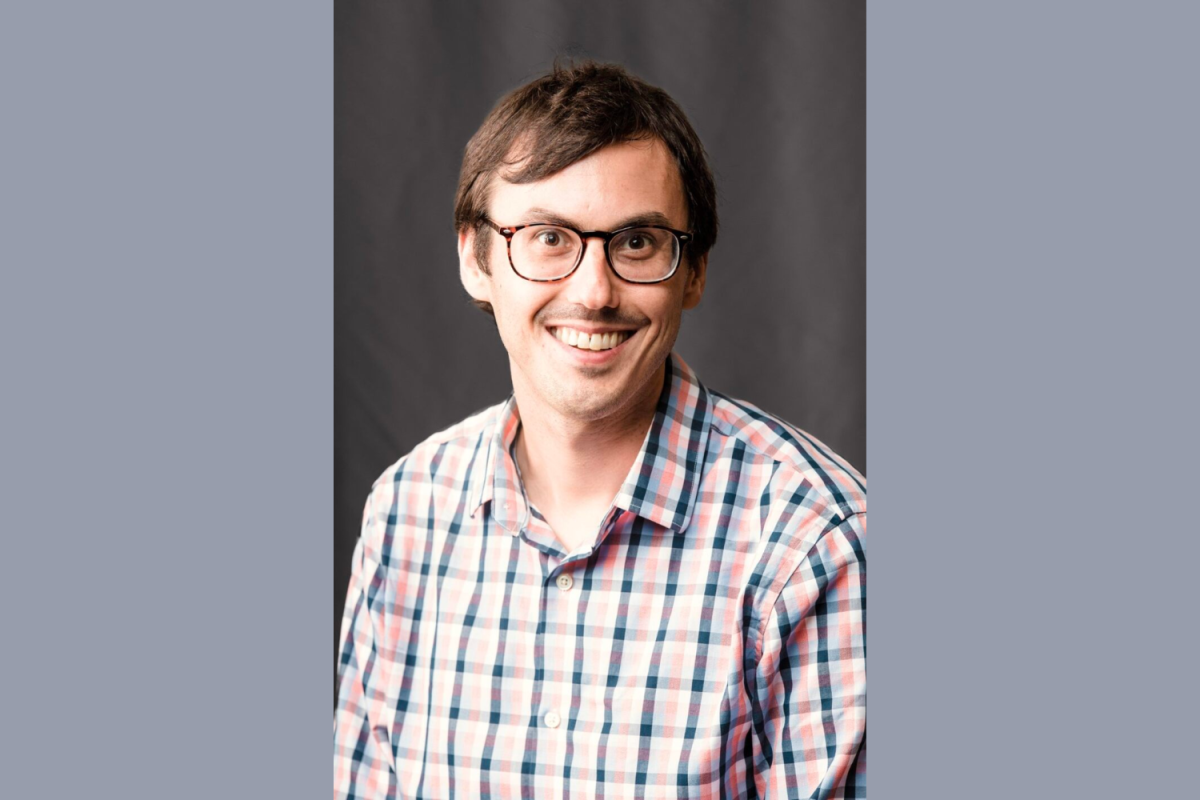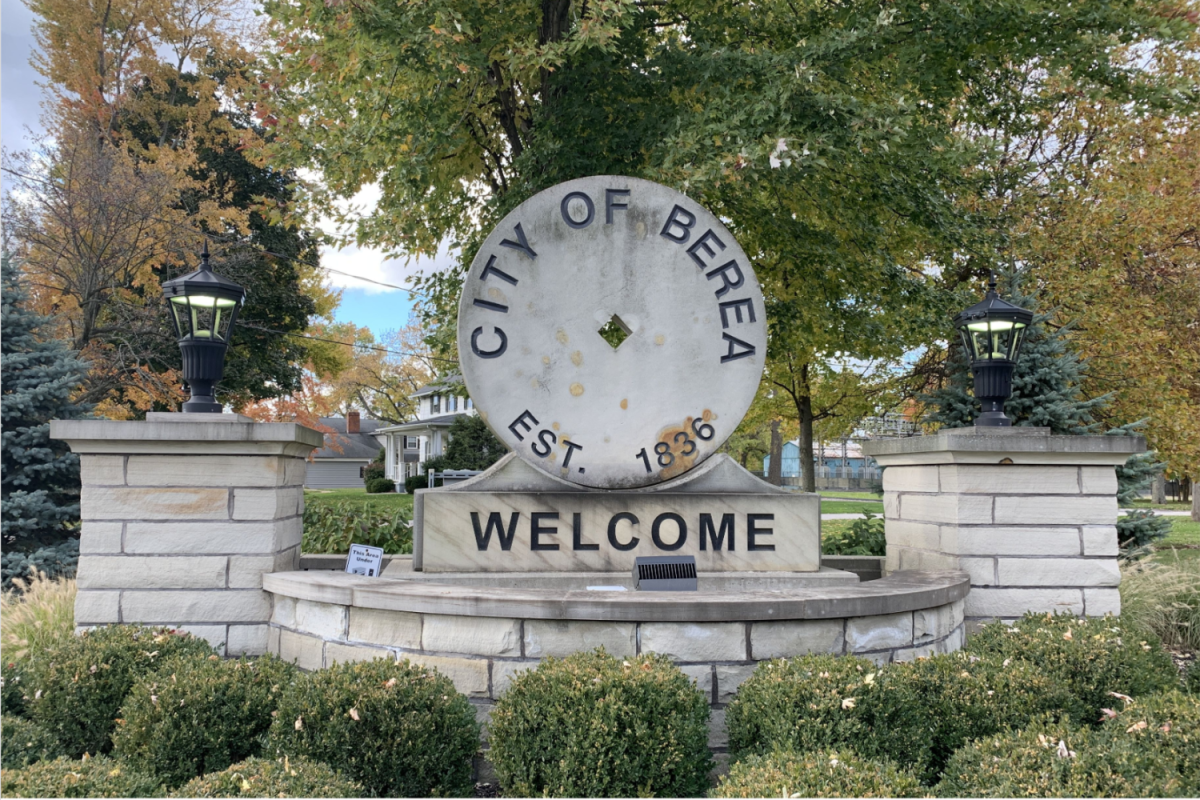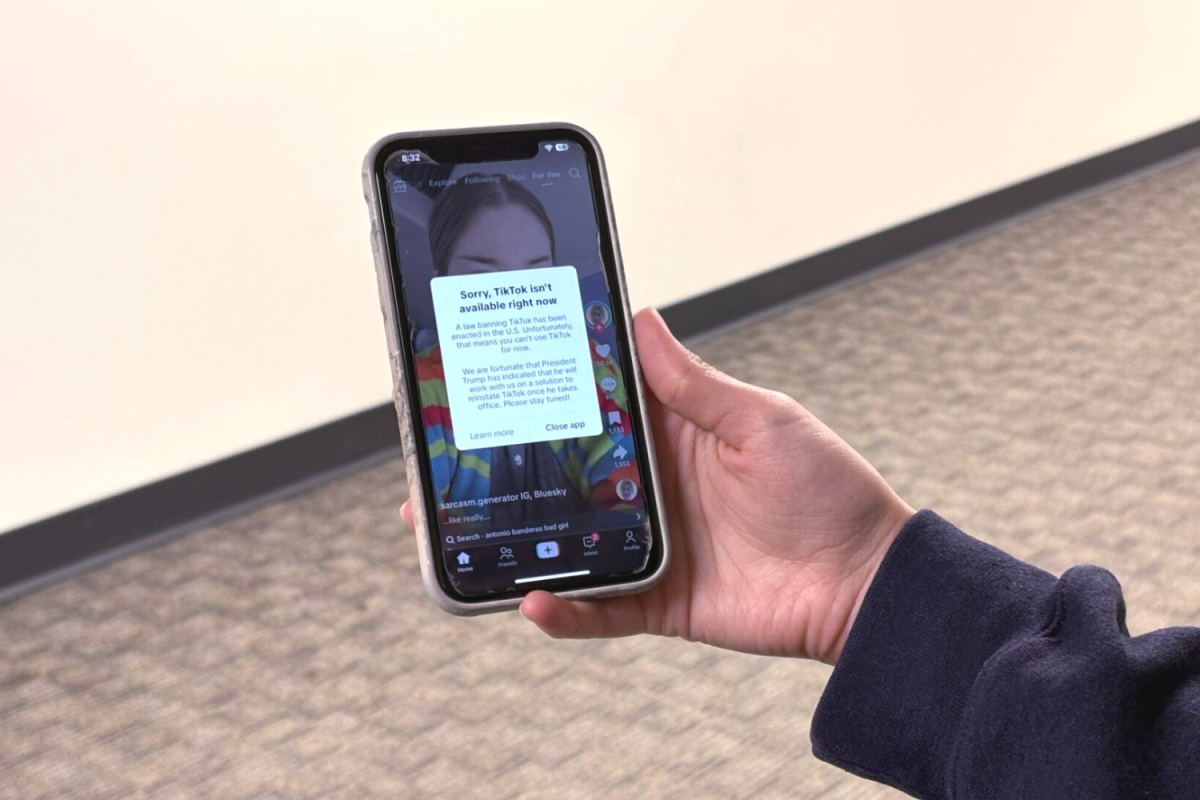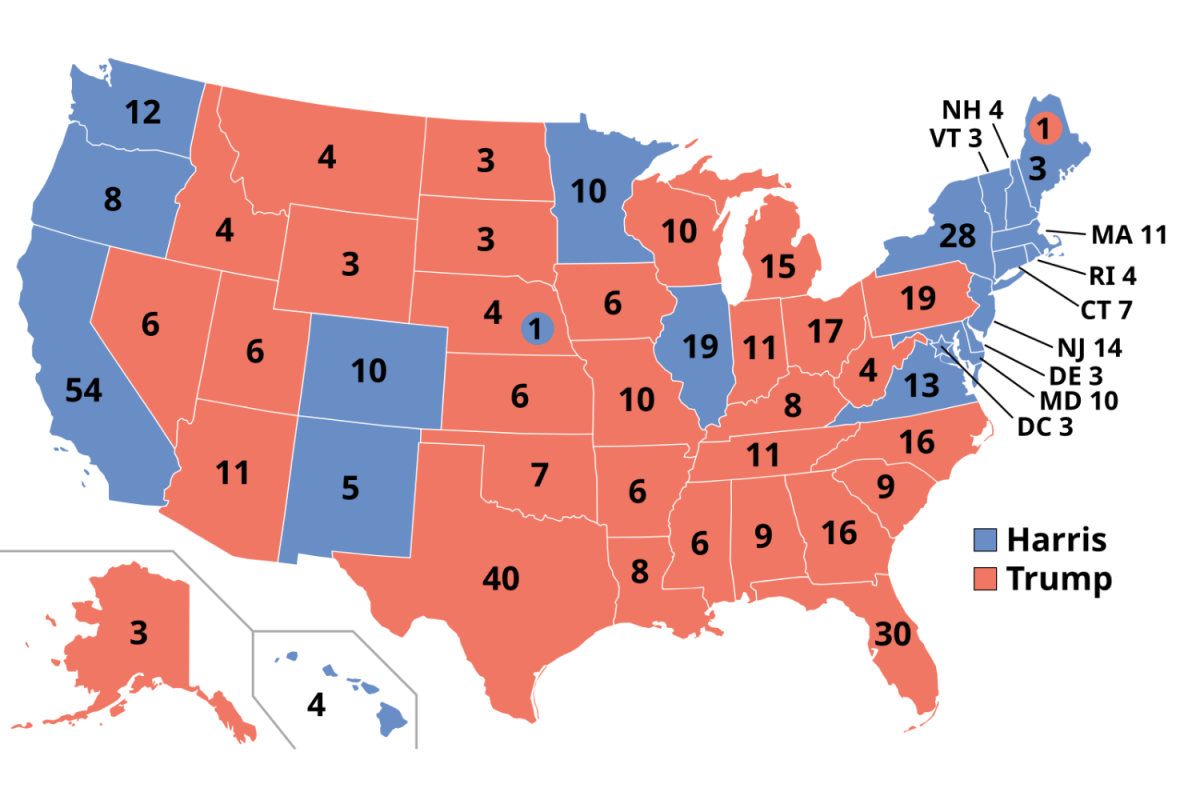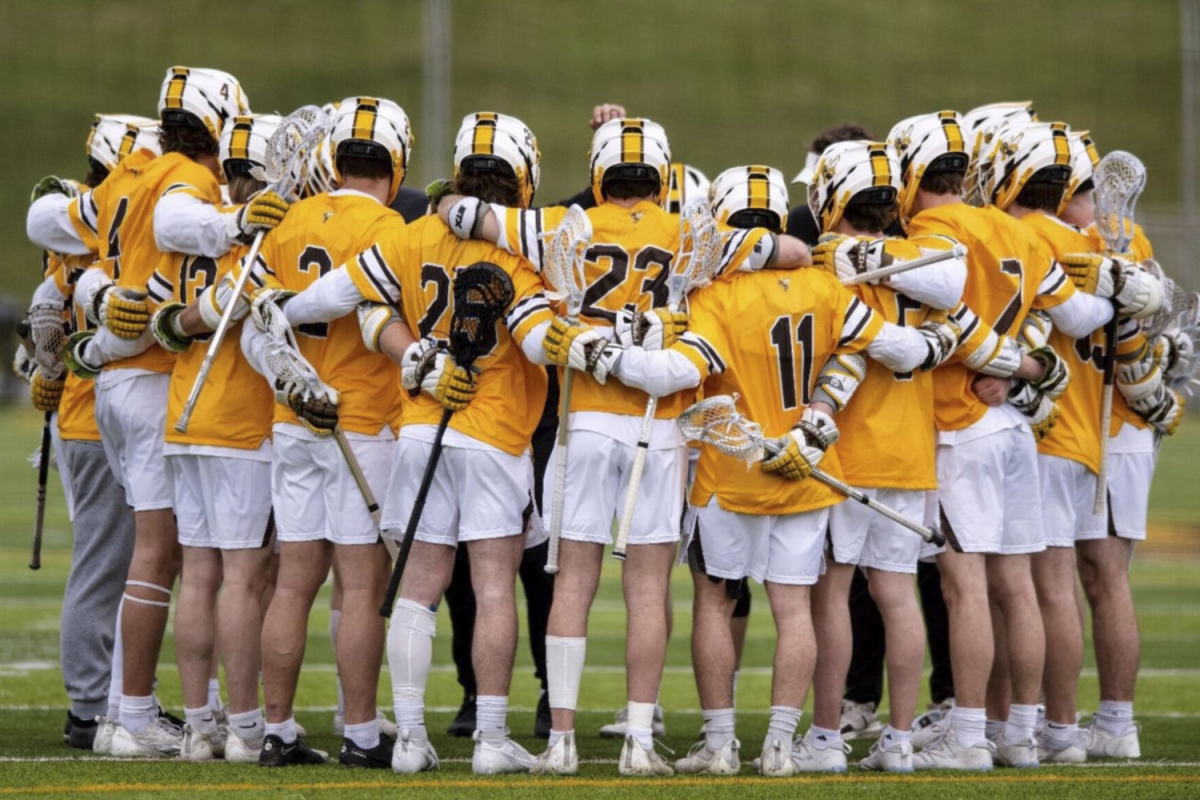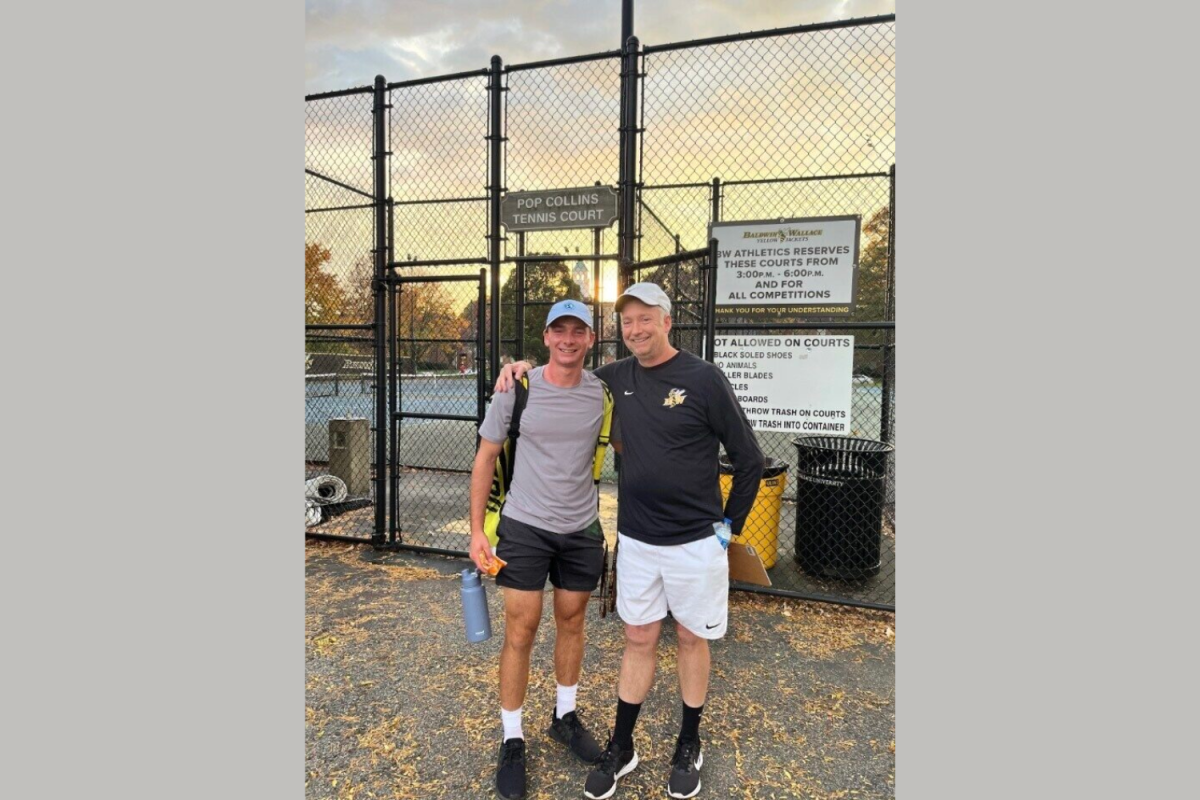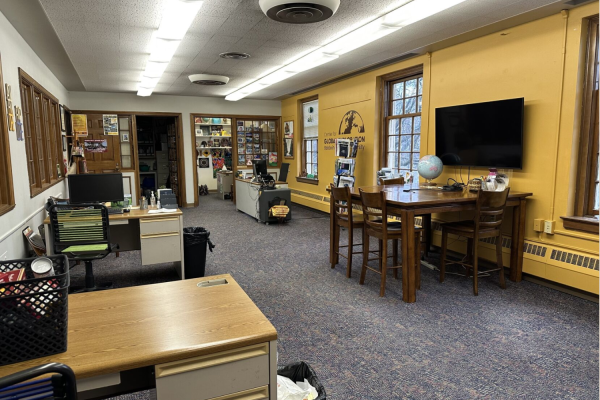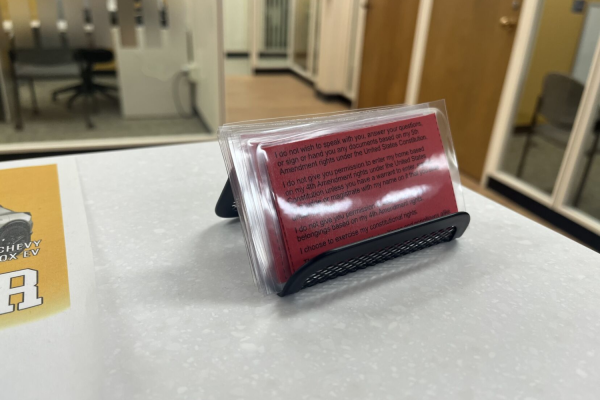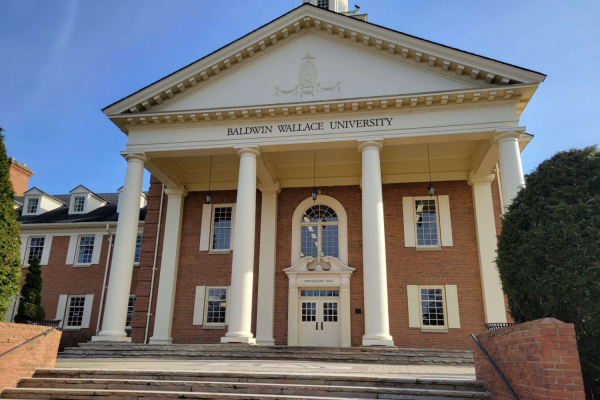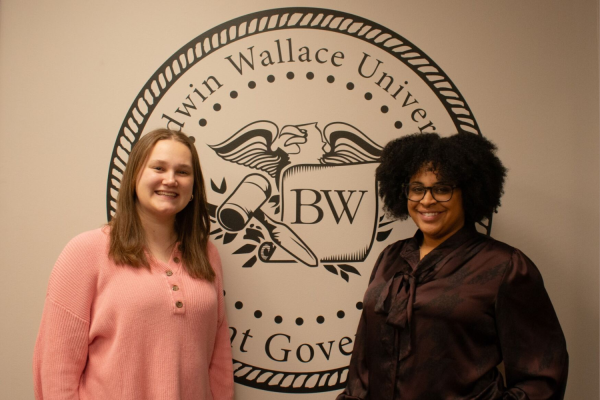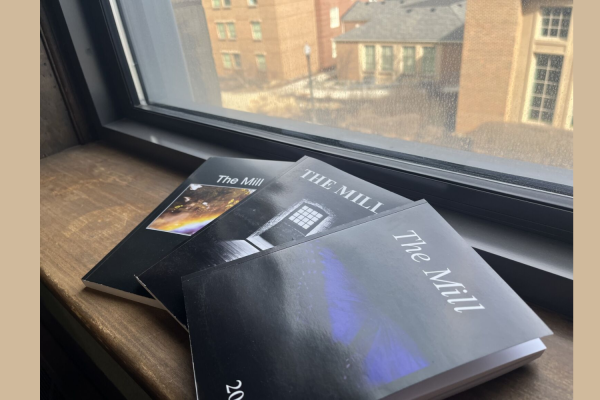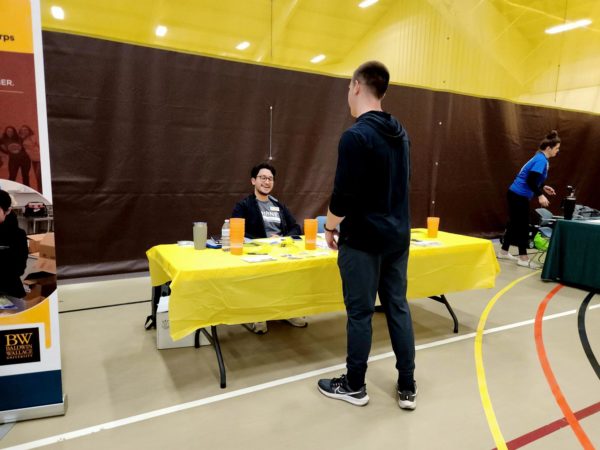Faculty-led research project explores potential cognitive effects from ACL injuries
BW professors are collaborating with undergraduate students by researching how people who have had anterior cruciate ligament tears are affected cognitively.
The ACL is a ligament in the knee that is commonly injured especially by athletes. The students will research how people with ACL tears think through things and perform athletic movements.
Psychology and neuroscience professor Patrick Ledwidge, engineering professor Jennifer Kadlowec and Allied Health sport and wellness professor Alexander Morgan have a few students from their respective departments that they will mentor throughout the project. Students ranging from first-year students to seniors majoring in engineering, exercise science, pre-athletic training and neuroscience are helping collect and analyze data.
“I think it’s a great opportunity for students to get a chance to see first-hand research,” Morgan said.
Morgan said the project will allow students to “see how the body moves in a new way,” and take what is learned into a graduate program.
The research began during the summer of 2022 and the team is still in the early stages of collecting data. One of the many goals is to identify risk factors and then discover how to prevent an ACL injury.
“For me, it’s been great to sort of learn a little bit more of what it’s like to be a part of a research group because that is something that in grad school students are going to be doing a lot of, said Justin Blankenburg, a senior majoring in pre-athletic training. Blankenburg will apply his experience in data collecting, biometrics, technology and collaboration when he attends graduate school at Kent State University this fall.
For about five to six hours a week, a couple of student researchers help bring in participants and walk them through the tests. Ledwich’s lab puts on an electroencephalogram, or EEG, to measure brain wave activity while sitting and doing simple tasks on the computer, in a similar protocol as a concussion test. They repeat this step by making the participant stand on one leg while making the questions more challenging.
Student researchers then go to the engineering lab with Morgan to detect how the participant’s skeleton moves. To do this, they attach reflective patches onto the participants, use an infrared camera and analyze the results using the software programs OptiTrack and Excel.
“This provides an opportunity for students to access a type of tech that they don’t normally get to see,” Morgan said.
The team’s abstract has been accepted into the International Society for Biomechanics and Sport Conference. This summer, the research team will travel to Tennessee to present the feasibility study.
The Exponent is looking for financial contributions to support our staff and our newsroom in producing high-quality, well-reported and accurate journalism. Thank you for taking the time to consider supporting our student journalists.

